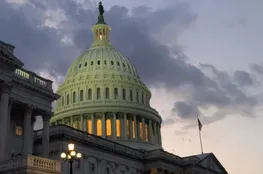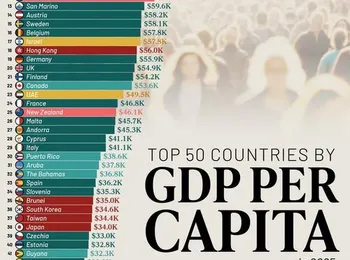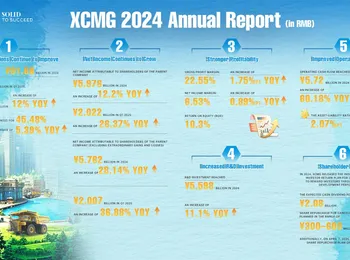Jim Cramer’s analysis on X Wednesday highlighted a potentially transformative shift in the bond market, predicting that bonds will "overshoot and then settle," ultimately fueling a "turbocharged economy" stemming from the current budget agreement. Cramer’s assertion comes amidst significant market volatility and a surge in Treasury yields. What Happened: Cramer’s core prediction centers on the idea that the bond market will initially rise to a level attracting genuine buyers, subsequently triggering a period of economic expansion facilitated by the recently enacted budget agreement. Cramer’s comments were delivered as Treasury yields experienced a notable increase, reaching multi-month highs. Specifically, the 30-year bond yield climbed to 5.08%, the highest point since October 2023, reflecting investor concerns about inflation and the Federal Reserve’s monetary policy. The benchmark 10-year Treasury note traded at 4.59%, while the 2-year yield settled at 4.00%. This upward pressure on yields accelerated a sell-off in the bond market, driven by a disappointing $16 billion 20-year Treasury auction. Crucially, the bid-to-cover ratio for this auction clocked in at 2.46, positioning it near the bottom quartile of the last 50 auctions, as analyzed by Exante Data. This weak demand further underscored investor apprehension. The resulting yield surge had a demonstrable impact on equity markets, triggering a broad downturn. The Dow Jones Industrial Average experienced a significant drop of 816.80 points, or 1.91%, closing at 41,860.44. The S&P 500 followed suit, shedding 1.61% to reach 5,844.61, while the Nasdaq Composite retreated by 1.41% to 18,872.64. High-growth technology stocks, including NVIDIA Corp. (NVDA), Palantir Technologies Inc. (PLTR), and Coinbase Global Inc. (COIN), were particularly hard hit, experiencing declines exceeding 2.5% during the Treasury market rally.
Market participants are currently anticipating potential interest rate cuts by the Federal Reserve, but this expectation doesn’t diminish the need for investors to proactively manage their portfolios. Opportunities exist to secure fixed-income investments with attractive yields, such as locking in a 7.2% return on ten individual bonds until 2028. The focus remains heavily on fiscal policy under President Donald Trump’s administration, with the proposed tax-and-spending package potentially reducing federal revenues by $4.1 trillion through 2034, according to the Tax Foundation. Economist Justin Wolfers has criticized the bill as "reverse Robin Hood," while Moody’s recent sovereign debt downgrade has intensified concerns surrounding the long-term fiscal sustainability of the United States. Veteran investor Ed Yardeni emphasized the importance of managing budget deficits, noting that rising deficits can lead to higher interest rates, increased bond yields, and potentially, heightened inflation.
The market’s reaction highlights the sensitivity of equities to changes in bond yields and the ongoing debate surrounding fiscal policy. Image Via Shutterstock Read Next: Mark Zuckerberg Gets ‘Really Fustrated’ And In A Bad Mood When He Can’t Do This One Thing Disclaimer : This content was partially produced with the help of AI tools and was reviewed and published by Benzinga editors. Stock Score Locked: Edge Members Only Benzinga Rankings give you vital metrics on any stock – anytime. © 2025 Benzinga.com. Benzinga does not provide investment advice. All rights reserved.
























